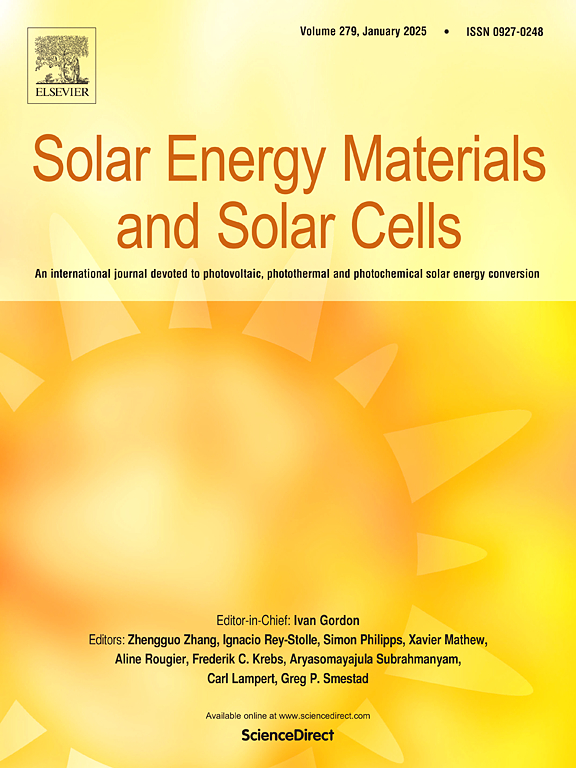Thermal integration of direct-indirect thermochemical reactors and charging-discharging thermal management strategies for solar thermal storage systems
IF 6.3
2区 材料科学
Q2 ENERGY & FUELS
引用次数: 0
Abstract
The integration of solar thermal energy into energy systems necessitates efficient thermal storage technologies. This study focuses on the development of a combined direct-indirect thermochemical reactor using the Ca(OH)2/CaO system, aimed at enhancing heat transfer and optimizing the thermal charging/discharging processes. A multi-physics model incorporating fluid flow, heat transfer, mass transfer, and chemical reaction was established to analyze the dehydration and hydration reactions under varying conditions. The systematic investigation of the effects of key parameters, including porosity and thermal conductivity, on reaction efficiency was conducted. Specifically, increasing the thermal conductivity from 2 W/m·K to 4 W/m·K reduced the reaction time by 40 min. Additionally, enhancing the porosity from 0.6 to 0.8 led to a reduction in reaction time by 30 min. Furthermore, the utilization of metal foams and heat sinks to augment heat transfer significantly improved reactor performance. The implementation of metal foam decreased the reaction time from 100 min to 60 min (a 40 % improvement), while the addition of fins resulted in approximately a 50 % increase in efficiency. These findings underscore the importance of material properties and reactor design in enhancing the performance of thermochemical energy storage systems, offering valuable insights for future applications in solar thermal energy utilization.

求助全文
约1分钟内获得全文
求助全文
来源期刊

Solar Energy Materials and Solar Cells
工程技术-材料科学:综合
CiteScore
12.60
自引率
11.60%
发文量
513
审稿时长
47 days
期刊介绍:
Solar Energy Materials & Solar Cells is intended as a vehicle for the dissemination of research results on materials science and technology related to photovoltaic, photothermal and photoelectrochemical solar energy conversion. Materials science is taken in the broadest possible sense and encompasses physics, chemistry, optics, materials fabrication and analysis for all types of materials.
 求助内容:
求助内容: 应助结果提醒方式:
应助结果提醒方式:


